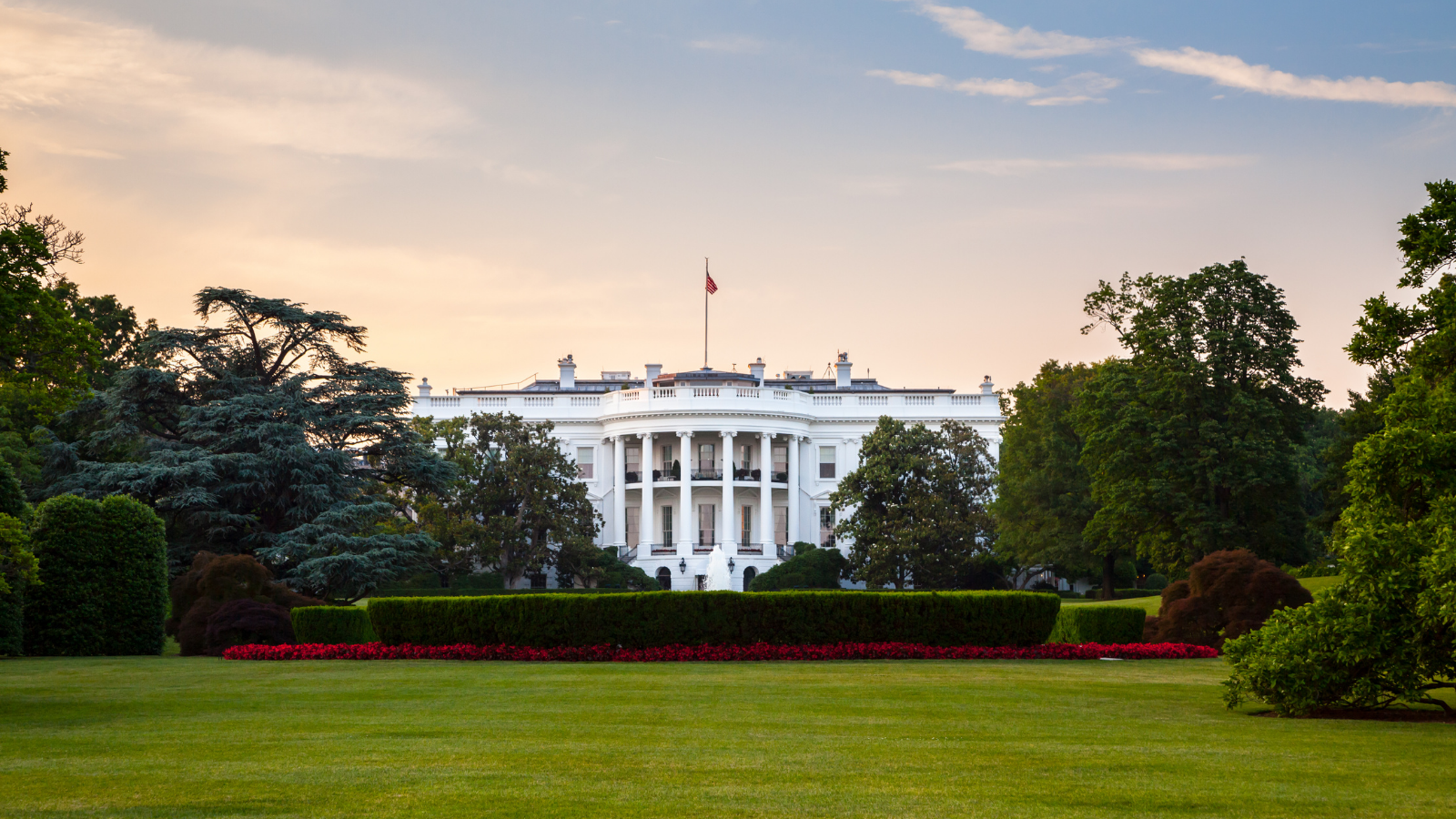
Title X Origins
The United States introduced its first official domestic family planning program for low-income Americans in 1970: the Family Planning Services and Population Research Act, Title X of the Public Health Service Act (known by the shorthand Title X, which is pronounced “ten”). Republican President Richard Nixon oversaw the program’s development and implementation, demonstrating just how bipartisan U.S. support for family planning once was.
How Title X Works
Clinics in the United States that provide family planning can apply for Title X grants, which allow them to offer services to patients on a sliding, income-based scale. These grants financially assist 2.8 million people at nearly 4,000 across the country.
Title X grants cover a broad array of services that fall under the umbrella of family planning: contraceptive services, supplies, and information; breast and cervical cancer screenings; and STI prevention, testing, and treatment. In keeping with federal law (the Hyde Amendment), Title X funds are not permitted to be used for abortion services.
Title X Budget
Total appropriations for 2024 were $286.5 million, down from a high of $317.5 million in 2010. Current funding levels are less than 40 percent of what is needed to meet the need for publicly funded family planning in the United States, according to an analysis in the American Journal of Public Health, which found that the program would need $737 million annually. Despite this need, the budget appropriation has remained at the same level—$286.5 million—since 2015. This means that Title X funding has dropped by about $80 million in real dollars, while the population of people of reproductive age (15–49) has grown by over 5 million.
Title X Under Trump 1.0
In 2019, the Trump administration — after months of legal challenges — succeeded in introducing a new rule for Title X, which amounted to a domestic version of the Global Gag Rule. The rule removed the requirement that providers discuss all pregnancy options with patients, it forbade Title X providers from referring patients for abortion services unless the patient explicitly asked for such a referral, and it allowed all providers to refuse to provide abortions on “moral” grounds. It also removed the requirement that providers offer all FDA-approved methods of birth control and prioritizes abstinence and natural family planning methods, and it infringed on the rights of minors by requiring that clinic staff attempt to involve family members in their contraceptive decisions.
Additionally, clinics had to draw a “bright line” between abortion services and all other services: separate accounting, physical spaces, staff, contact info, patient health records, etc. Previously, clinics that received Title X grants for family planning services were able to offer abortion services with separate, non-federal funding, in the same facility, by the same staff.
The consequences to the program in the wake of the new rule were devastating. An estimated 981 clinics left the program in 2019, slashing the program’s capacity by half. Six states (Hawaii, Maine, Oregon, Utah, Vermont, and Washington) were left with no remaining Title X-funded providers. The number of patients served by Title X subsidies dropped from 3.9 million in 2018 to 1.5 million in 2020. The rule was an obvious and blatant attack on Planned Parenthood, which withdrew from the Title X program the day it went into effect. Until that point, Planned Parenthood clinics covered the family planning needs of 41 percent of women who rely on Title X.
Title X Under Trump 2.0
President Biden reversed the rule in 2021, but on March 31, 2025, the second Trump administration went after Title X grantees again, informing 16 of them, including all of the nation’s nine Planned Parenthood affiliates, that their grants were being “temporarily withheld” while the administration reviewed their diversity, equity, and inclusion (DEI) policies to see whether they violated Trump’s priorities. KFF estimates that 874 clinics in 23 states are affected by the funding freeze and says that seven states are left with no Title X provider at all. The Guttmacher Institute estimates that up to 834,000 people could lose their Title X-funded health care. We can only imagine, based on everything this administration is doing to destroy access to reproductive health care domestically and internationally, that these “temporary” funding cuts will soon become permanent.
